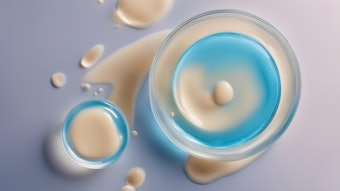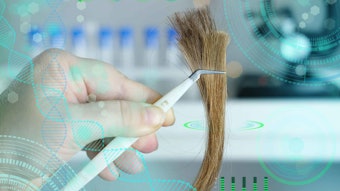The stratum corneum (SC) mainly consists of protein-enriched corneocytes embedded in a highly organized lamellar bilayer of lipids that act as a barrier to prevent fluid loss and minimize the penetration of exogenous substances. This cutaneous barrier may be disrupted through intercellular lipid disorganization, lipid removal or protein alteration.
The most popular method used to evaluate changes in the skin barrier function is evaporimetry, which measures transepidermal water loss (TEWL) or water evaporated from the skin. The evaporated water is directly related to skin barrier status. If the barrier is damaged, the evaporation is higher.
An effort to develop test models that are closer to actual patterns of consumer use requires sensitive assessment methods that can detect “invisible irritation.” TEWL measurement obviously fulfills such a requirement. But another method, namely squamometry, is especially useful in identifying the low or subclinical irritation potential of substances even before any change in the TEWL can be measured.










